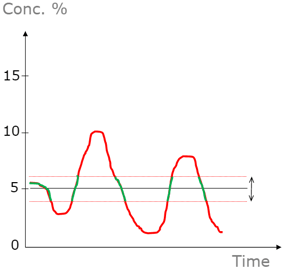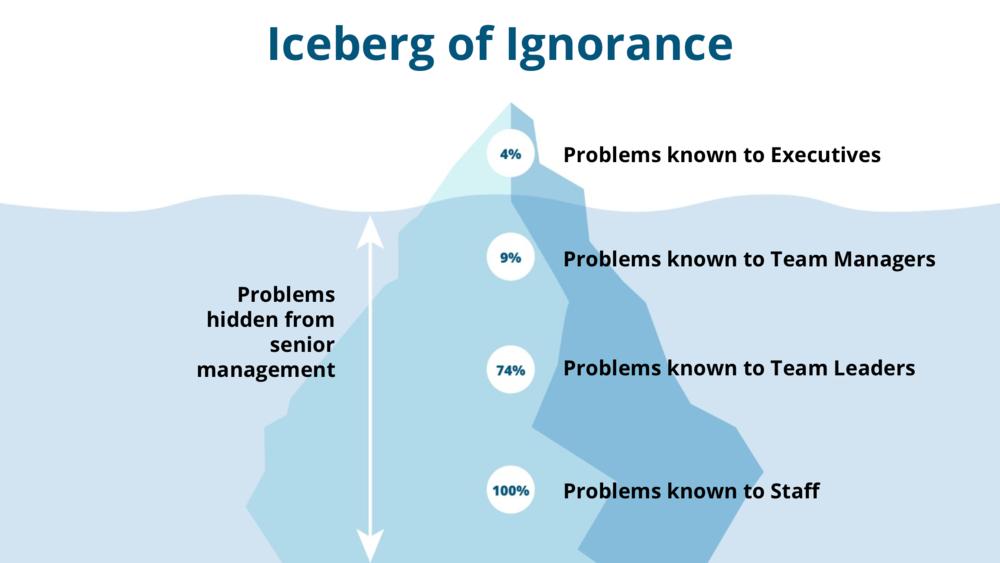If there's one thing everyone in the metalworking industry agrees on, it's the importance of keeping the coolant at the correct concentration. Everyone knows that the wrong concentration will bring problems that has a huge effect on the production, the work environment and the costs.
But even though the right concentration is crucial for a profitable production, very few could honestly say that the workshops value creating machines are always filled with fluid mixed to the correct relation between water and fluid concentrate.Simple in theory but difficult in practice
The task of keeping keeping the concentration exactly at the optimal level may seem simple, but is in practice very difficult because a measurement is so quickly outdated. The concentration simply isn't measured often enough.
Almost all metalworking industries still do their fluid control manually (read our blog about the stone age in the work shop - link below). The responsibility of keeping the machine in check is often divided among many different staff members and there's limited time for maintenance. Measuring concentration is easily forgotten when production is in high gear. Sometimes the control is done daily, as it should, sometimes with several days in between. When documenting the control, the value before adjustment is rarely reported, only the value after. So if the log reads a constant 7.0 % week after week, there's reason to suspect that there's a hidden problem that could be worth visualizing.
Concentration goes yo-yo

Inaccurate and varying concentration is very common, machines may sometimes go from much too low to much too high concentration within the same day or week if top-ups aren't done very often or accurately. The consequences of such yo-yo behavior of the concentration are many and can be severe.
What happens with the metalworking fluid if kept at the wrong concentration?
Too low concentration can quickly cause a bacterial outbreak because the amount of biocidal and biostatic components is simply not high enough to keep the microorganisms from growing. The result is a decreasing pH value that causes corrosion and degradation of the fluid. Too low concentration also increases the tool and machine wear and shortens the lifetime of the fluid.
Apart from causing an unnecessarily high fluid consumption, a too high concentration also decreases the cleanliness of the system and increases the risk of fluid related health issues.
Smaller systems, bigger problems
Single systems often have more issues with keeping the right concentration than central systems do. This is because the smaller volume is more volatile, a simple mistake such as filling up with too much water is enough to decrease the concentration significantly. Central systems, which in most cases are larger than single systems, tend to be more closely monitored and maintained and there is usually dedicated staff responsible for maintaining the systems.
Enormous waste of valuable resources
A small machine tank might be easily changed in just a few hours and frequent change outs are therefore not considered too problematic or costly. However, if all related costs such as production loss, cleaning, disposal and new chemicals are taken into account, the costs are usually much higher than most people think. But the costs are often hidden since few people have a complete overview and management usually only see the top of the iceberg.

A few tips for a more stable process fluid with a longer lifetime
- Measure the concentration with a refractometer at least once per day.
- Calculate the concentration by multiplying the reading with the fluid refractometer factor.
- Mix concentrate and water well, use a mixer. Don't fill with concentrate only.
- Adjust the concentration thoroughly and measure again. Repeat until correct concentration has been achieved.
- Note the concentration before and after adjustment.
- Make sure to always have the correct fluid volume in the tank. A high and even volume in the tank makes the system more stable and contributes to a cleaner fluid.
Read our blog post about the stone age in the workshop for more tips on how to improve the maintenance of your metalworking fluid.
More about how to keep small tanks in check
Learn more about what's important to think about with small tanks and why they're so sensitive. With our e-book you will get the knowledge and the insights.



Comment